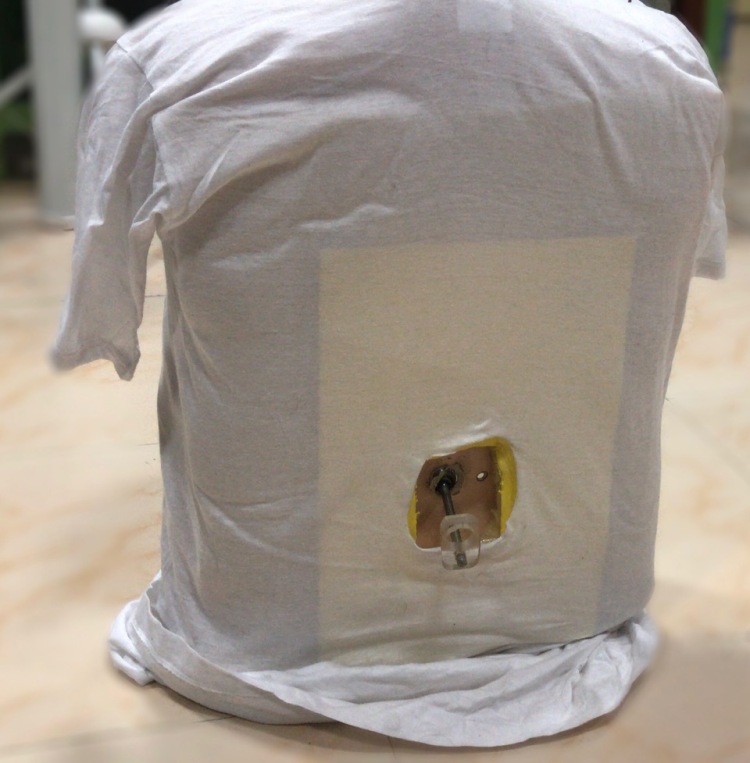Design, Modelling and Evaluation of a DC Motor based Vibrotactile Actuator

Vibrotactile actuators are widely used for human-haptic sensations due to their portability and robustness. Existing actuators are either expensive with large vibration amplitudes or economical with dismal vibration amplitudes. To optimize these characteristics, we designed a cost-effective DC motor-based vibrotactile actuator (called the Rotating Motor Actuator, RMA) that can generate … Read more
Vibrotactile playback for teaching sensorimotor skills

This study showcases a simple, inexpensive technical approach that could allow healthcare workers to learn a wide variety of complex sensorimotor skills in a safe environment. We have designed robust methods for recording and replaying physical tool vibrations in combination with audio and first-person video … Read more
Optimal sensor placement for recording the contact vibrations of a medical tool

This study specifically seeks to optimize the location of the three-axis accelerometer placed on a neurosurgical spatula tool, with the aim of maximizing its vibration-sensing capability in the frequency range relevant to touch (up to 1000 Hz). We characterize the dynamic properties of the chosen tool by utilizing finite element analysis (FEA) … Read more
AR Project
Epidural anesthesia needle insertion training simulator

This project mainly focussed on the developement of epidural anesthesia needle insertion simulator. The simulator was built using a 6-DoF Omni Phantom in which the end-effector is connected to a spring and a rod. Needle-tissue interaction force models of three different body types (infant, athelete, old age) was rendered on the developed simulator. The force feedback was rendered using OpenHaptics API … Read more
Perception based model reduction for needle insertion simulation

We overlayed the perceptual filter on top of the biomechanical model developed for epidural anesthesia needle insertion simulation. This filter was designed based on the literature data on human perception measures for force and stiffness … Read more
Immersive virtual reality can improve the visual-haptic perception

In this study we investigated if immersive virtual reality could improve the visual-haptic force perception. We have conducted force perception psychophysical experiment on both the Non Immersive Virtual Reality (NIVR) and the Immersive Virtual Reality (IVR) … Read more
Effect of latency in visual-haptic feedback

In this study, we propose passive probing which involves force perception alone, without any displacement of the finger, for studying latency effects. A psychophysical experiment was conducted with a set of artificially induced latencies which provides a … Read more
Stiffness and weight perception using pseudo-haptics in virtual reality

This paper aims to derive an analytical relation using the work-energy conservation principle between the displacements of the VR handheld controller and the virtual object and to evaluate the association with a psychophysical experiment. We conducted two experiment variants with sixteen subjects: pseudo-stiffness perception (PSP) to discriminate stiffness perception between two virtual springs and pseudo-weight perception (PWP) to discriminate weight perception between two virtual weights … Read more
Mechanics of pseudo-haptics with computer mouse
Design and development of low-cost force plate for gait analysis